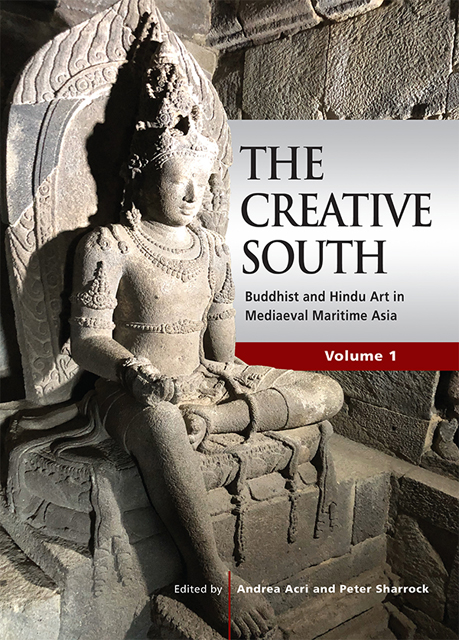10 - On the Chronological Interrelationship between Newly Found Inscriptions and the Temple Architecture of Campā: The Hòa Lai and Po Dam Sites
Published online by Cambridge University Press: 01 September 2023
Summary
Introduction
In recent years, there have been several important new findings of Cam inscriptions. Dated inscriptions in particular have provided relevant information about the contemporary temple groups on the basis of a comparison with their art styles. As Cam temple sites are rarely associated with dated inscriptions, these new findings help to clarify some issues related to the temples’ dating. The new dates suggested here for relevant instances of Cam temple architecture will also provide a new comprehension of the relationships between the art of the Cams and their neighbours, namely pre-Angkorian Cambodia and Central Java.
On Art Styles Of Cam Temple Sites
Henri Parmentier was the first to list and classify Cam temple architecture in his classic two-volume book Inventaire descriptif des monuments čams de l’Annam, published in 1909 and 1918. In his work, Parmentier (1918: 19–20) categorized Cam architecture into six forms, as follows:
1. ‘L’art primitif’: Mỹ Sơn A1 style, around the early 7th century, along with the Po Nagar Northwest tower and the Po Nagar main tower (restored in 813 and 817 CE);
2. ‘L’art cubique’: Hòa Lai style, around the early 8th century, along with Mỹ Sơn F1 tower and Po Nagar West tower (third half of the 9th century);
3. ‘L’art mixte’: Đồng Dương style, around the year 875 CE;
4. ‘L’art classique’: Tháp Bạc Tower style, around the 11th century, along with Mỹ Sơn E4 tower;
5. ‘L’art dérivé’: Po Kloong Garai style, around the 12th century, along with Mỹ Sơn B1 (1114 CE), Mỹ Sơn G1 (1157 CE), Po Kloong Garai (early 14th century), and Po Rome (second quarter of the 17th century);
6. ‘L’art pyramidal’: The style of Po Nagar Nha Trang South tower and Bằng An tower (900 and 910 CE), Po Nagar South tower (1145 CE), and Yang Prong tower (early 14th century).
Parmentier’s classic work has been the basis for all subsequent research works on Cam art. It was not until 1942 that the classification and arrangement of Cam temples according to artistic styles was initiated by Philippe Stern in his work L’art du Champa et son évolution. In this work, Stern applied the method of analysing decorative features of art works, known as ‘motif analysis’ or ‘decorative pattern analysis’ (analyse de motif), as was proposed by French art historians in the 20th century to study South Asian arts.
- Type
- Chapter
- Information
- The Creative SouthBuddhist and Hindu Art in Mediaeval Maritime Asia, pp. 334 - 358Publisher: ISEAS–Yusof Ishak InstituteFirst published in: 2023



